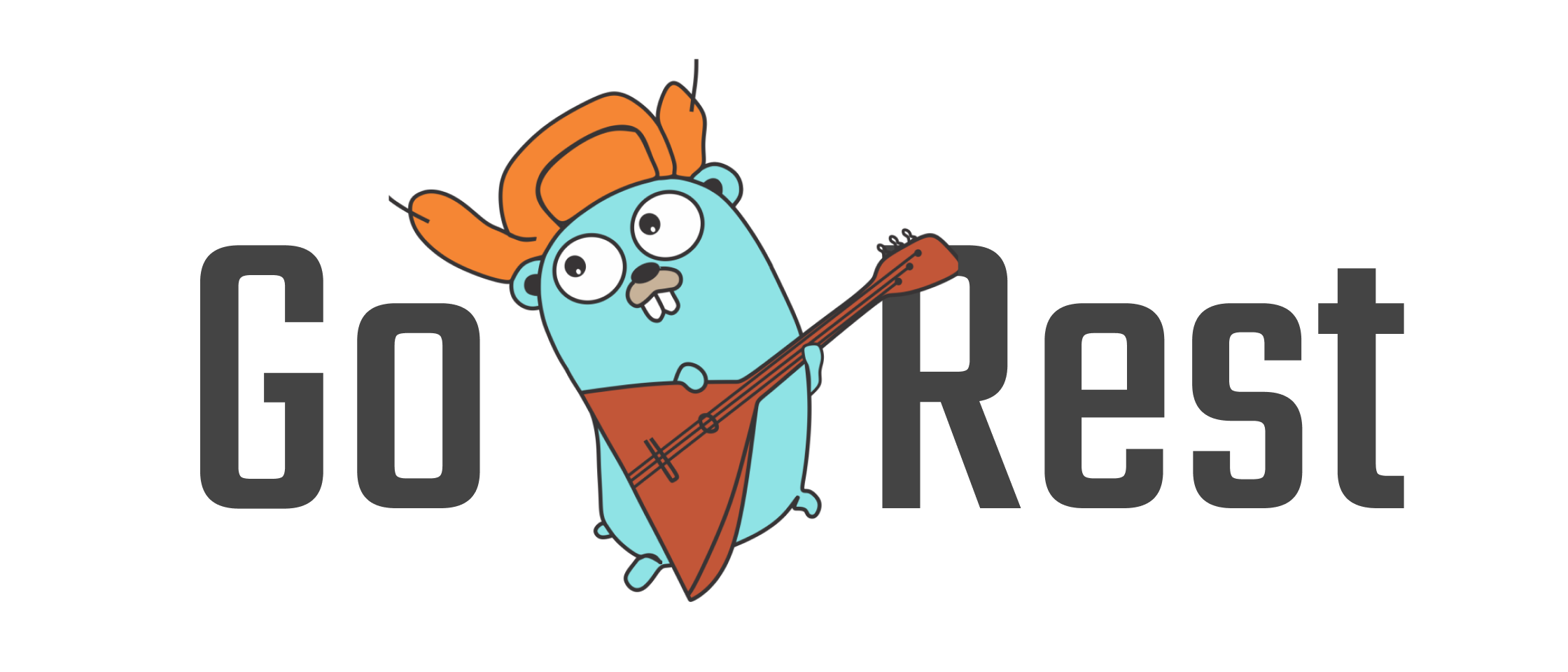
Go Rest API Starter Template
A template for a fast start to building REST Web Services in Go. This project provides basic skeleton along with
some of the best practices and tools for building RESTful APIs in Go.
Features
·
Getting Started
·
Authentication
·
Error handling
Brief introduction notes
Sometimes you just need to start a new project, but you don't want to spend time on setting up the project structure,
configuring the database, and do other things that are not strictly related to the business logic of your application
or idea you want to validate.
This project aims to provide a good starting point for that purpose. It's not a framework, it's just a template where
you can quickly remove the parts you don't need and add the ones you need.
Some of the features included in this template:
- The project is configured to use basic manual dependency injection, which is a good fit for small to medium size projects
- PostgreSQL database with migrations, it's up to you on devops side how to run it on production
- Authentication with API keys, simple and yet effective
- Error handling, I really like idea of customizing error messages for clients
- Logging
- Configuration, while
.env file is present in project root, it's up to you how to load it
- Service layer, can serve as an excellent starting point for DDD services or basic CRUD operations
- Struct validations using govalidator as a fast and replaceble solution especially if you in favor of other methods
Getting Started
Prepare environment variables
- Create and fill the
.env file according to the example .example.env
- Export environment variables from
.env in any suitable way for you
- eg.:
export $(grep -v '^#' .env | xargs)
- eg.: or set an alias for zshrc / bashrc
alias loadenv="export \$(grep -v '^#' .env | xargs)"
- eg.: utilities like direnv also could be helpful
Setup a database
- Install docker
- Run database image
docker compose up -d
- Run migrations (refer to a section below)
Migrations
Migrations are based on golang-migrate.
To install: brew install golang-migrate
Create a new migration:
migrate create -ext sql -dir db/migrations -seq create_users
Run migrations all the way up or down
migrate -database ${DB_URI} -path src/db/migrations up
migrate -database ${DB_URI} -path src/db/migrations down
Run application in development mode
I use air for live-reloading during development
- Install air for live reloading
- Run
air
Or build and run the application directly go build -o ./tmp ./cmd/api-service && ./tmp/api-service
Tests
go test -coverprofile=coverage.out ./... && go tool cover -html=coverage.out
Authentication
The application uses API keys for authentication, which are typically passed in the Authorization header using Bearer
authentication scheme.
While this basic authentication may appear straightforward to implement, it's crucial to remain cognizant of potential
threats and attacks that could occur, particularly given the extensive privileges often associated with these keys.
Application middleware is focused on security preventing the most common attacks vectors: such as timing attacks and
key provisioning.
To generate API keys, you can use the following command:
$ openssl rand -base64 32
This command will generate a 32-byte random string, which is a good enough length for secrets.
To be able to use that key in the application, you need to create a sha256 hash from it:
$ echo -n "<you_key>" | sha256sum
This command will generate a 32-byte hash, which you can put into the config .env file
APP_API_KEYS supports multiple keys, separated by comma, eg.: key1,key2,key3; This might be useful for keys
rotation or when you want to provide granular access to different clients or revoke one.
Error handling
The application uses cockroachdb/errors for error handling. This package
provides enhanced error handling capabilities, such as wrapping errors, attaching stack traces, and adding context to
errors.
This allows us to provide more detailed human readable error messages to clients, while still maintaining the ability
to log the original error internally.